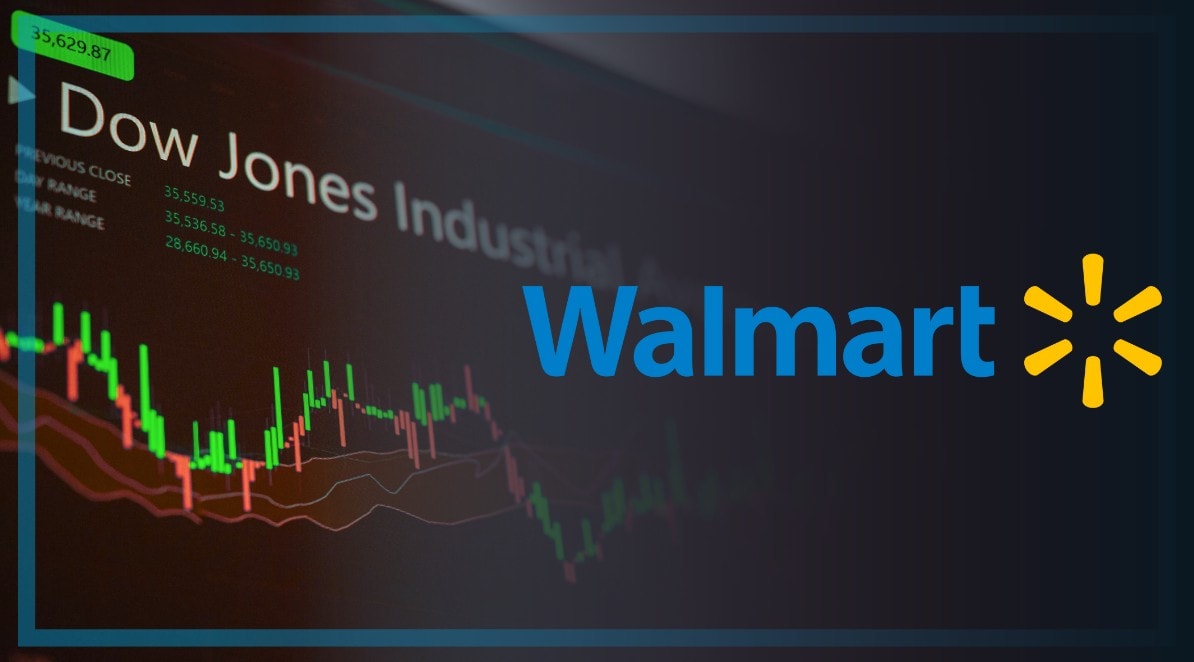In just a few years, the U.S. has gone from viewing crypto as a risky asset class to treating it as just another investment. A most recent survey by the National Cryptocurrency Association and Harris Poll found that about 21 percent of American adults — that’s about 55 million people — now own cryptocurrency. This is a sharp rise from around 16–17 percent between 2022–2023, per Pew Research surveys.
For investors — both retail and institutional — these numbers reflect not a fad but structural evolution. Below, we explore how retail demand, institutional flows, exchange infrastructure, and changing regulation are driving this transformation in the world’s largest economy.
Crypto Adoption Grows: Payments Still Niche
While the U.S is embracing crypto, adoption remains relatively small. According to Federal Reserve survey data, about 1 percent of Americans used cryptocurrency for purchases or money transfers in 2023, and analysts expected that share to grow from a low base in the years ahead; and growth has indeed accelerated!
eMarketer projects U.S. crypto payment users will rise steadily through 2025–2026, but still represent only a small percentage of the population.
Retail Boom: From Hype to Hedging
The retail investor base has matured quickly. Once filled with tech enthusiasts, the pool now includes first-time investors, income-seeking buyers, those looking to diversify their pensions, and even conversion traders. Many cite inflation hedging and portfolio diversification as reasons to hold Bitcoin, Ethereum, or stablecoins, like Tether (USDT).
The appeal of stablecoins is especially pronounced. North America accounted for 2.3 trillion in crypto transaction value received in the region between July 2024 and June 2025, showing active participation that makes stablecoins useful domestically. As wallets become native to apps and embedded in Web2 platforms, barriers to entry continue to fall, turning crypto from novelty to practical tool.
However, skepticism remains high. A recent Pew survey found that 63 percent of Americans don’t feel confident that the current ways of investing in or using crypto are reliable or safe. The skepticism is even stronger among older adults — 71 percent of those 50 and over said they don’t trust it, compared with 55 percent of people under 50. So, while crypto is getting more attention and interest from some investors, most people still don’t fully trust it yet.
Institutional Surge: ETFs and Corporate Crypto
The institutional shift has been pivotal. The SEC’s January 2024 approval of 11 spot Bitcoin ETFs marked a watershed, attracting over $50 billion in net inflows by the middle of this year and channeling major institutional capital into a regulated vehicle.
Wall Street quickly followed. BlackRock’s March 2024 launch of its tokenized fund — the BlackRock USD Institutional Digital Liquidity (BUIDL) — on Ethereum signaled growing confidence, while banks like Goldman Sachs and Morgan Stanley moved into crypto custody and prime brokerage. A 2025 survey shows 72 percent of firms plan to invest in tokenized assets by 2026, driven by client demand and diversification.
Corporations are leaning in too. Tesla and Strategy (formerly MicroStrategy) continue to hold significant Bitcoin, and some companies are piloting stablecoin-based payments and even blockchain payroll.
Crypto Gateways: Exchanges Power Growth
No transformation is possible without a reliable infrastructure. Coinbase — the leading U.S. exchange — now supports custody, staking, and institutional infrastructure, serving over 110 million users and protecting over $310 billion in assets. Kraken has deepened its derivatives and staking offerings, with daily volumes reportedly ranging from $500 million to $1 billion.
Newer exchanges like Gemini are positioning themselves as compliance-first platforms, focusing on institutional clients with services such as custody, staking, derivatives, and APIs. Robinhood, on the other hand, continues to attract younger investors who want an easy way to invest in both stocks and crypto. These platforms are likely to grow even more as regulations become clearer.
At the same time, banks and fintech companies are gearing up to issue stablecoins, now that federal rules are expected soon. Reuters reports that, under the newly enacted GENIUS Act, players like Bank of America and Fiserv are planning or exploring U.S. dollar–backed token initiatives, though many remain in preliminary phases pending detailed rulemaking.
Regulation Rising: FIT21 and GENIUS Act Lead
Regulation has shifted from a deterrent to a defining force. In May 2024, the House passed the FIT21 Act, which set clearer boundaries between the SEC (for securities) and the CFTC (for commodities) in overseeing digital assets.
The bigger move came this year with the GENIUS Act — passed by the Senate in June and signed into law in July. It’s the first federal law regulating stablecoins, requiring 1:1 backing with cash or U.S. Treasuries, regular audits, and stronger consumer protections. It also calls for separating reserves so holders are protected if an issuer goes bankrupt.
Still, some challenges remain before the new system fully takes hold. Before full implementation, federal agencies must finalize rulemaking, and industry observers warn of potential unintended consequences for innovation and liquidity.
Policymakers and regulators are now writing the rules as adoption surges — a rare chance for balance, but also a high-stakes battleground between innovation and prudence.
Future of Crypto: Strategy and Innovation
With retail investors, institutional money, and clearer regulations all coming together, crypto is quickly moving into the financial mainstream. The tokenization of assets like U.S. Treasuries, real estate, and private equity is already changing the way people create, trade, and invest in them.
For investors, the focus now is on strategy. A mix of spot crypto and ETFs can offer balanced exposure, while staking and lending diversify returns — if risks are managed. Institutional-grade tools like secure custody and audited reserves are essential, and regulation-driven arbitrage between stablecoins and tokenized assets presents new opportunities.
As of this year, the U.S. is no longer on the sidelines of crypto’s rise — it’s writing the rules. For retail and institutions alike, the question isn’t whether to engage, but how to do so with discipline and ambition.
One of the best places to find out more about how the U.S. is adopting cryptocurrencies is at the annual North American Blockchain Summit, organized by the Texas Blockchain Council. The event takes place in Dallas, Texas on October 10 and 11. The team from DisruptionBanking, Riot Platforms, the Network Firm, BankSocial, and many others will be there. The U.S. continues to lead in crypto adoption. Can you risk being left behind?
Author: Ayanfe Fakunle
The editorial team at #DisruptionBanking has taken all precautions to ensure that no persons or organizations have been adversely affected or offered any sort of financial advice in this article. This article is most definitely not financial advice.
See Also:
What is the GENIUS Act? Banks and Fintechs Rush Towards Stablecoins | Disruption Banking
Trump’s Big Bet on Crypto | Disruption Banking
Alternatives in your Retirement Plan with Alto | Disruption Banking
Tether’s Big Bet: Stablecoins as the New Global Reserve Power | Disruption Banking














